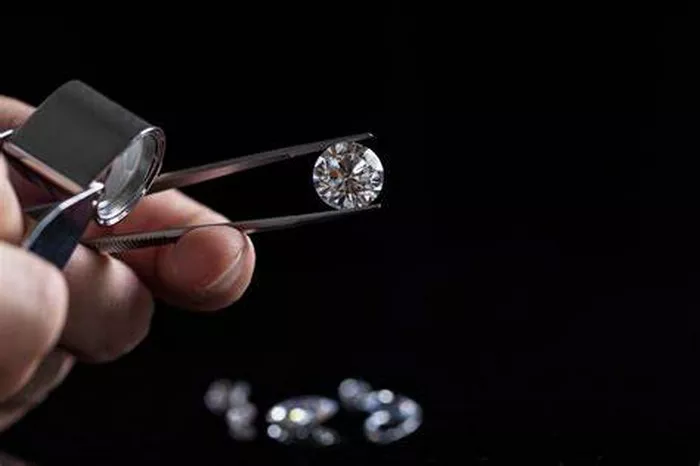The recent ban imposed by the G7 and the European Union on the import of unpolished Russian diamonds has sent shockwaves through the global diamond industry. With concerns ranging from potential supply disruptions to shifts in trade dynamics and price volatility, industry stakeholders are grappling with the complexities and uncertainties posed by this significant development.
The ban, phased in over several stages, began on January 1, 2024, targeting all natural, non-industrial rough or polished diamonds originating in Russia and exported from the country. This prohibition encompassed diamonds of all sizes and extended to those imported directly or through third-party countries without undergoing transformation. Notably, this restriction effectively cut off Russia’s ability to export diamonds to G7 nations and the EU, which collectively represent nearly 70% of global diamond consumption.
Subsequent tightening of restrictions from March 1, 2024, expanded the ban to include Russian diamonds processed in third countries, particularly those equal to or exceeding 1 carat. This extension now encompasses indirect imports, encompassing Russian-mined diamonds that undergo polishing in other nations. The implementation of a traceability mechanism by September 1, 2024, further aims to establish the provenance of diamonds, as outlined in a December 6, 2023, statement from the G7.
However, the practical challenges of enforcing the ban loom large. The intricate nature of diamond supply chains, involving numerous intermediaries across various countries, presents formidable hurdles in tracking the origins of stones. This complexity is compounded by the widespread sale of smaller diamonds in bulk, a practice for which Russia is renowned. Despite collaborative efforts from industry bodies like the World Diamond Council, Antwerp World Diamond Centre, and others, achieving a comprehensive solution remains elusive.
While initiatives such as the Gemological Institute of America’s data triangulation and De Beers’s blockchain platform offer potential avenues for traceability, their scalability and efficacy remain unproven. Moreover, the impending disruption to supply chains threatens to reverberate across the industry, affecting not only Russian producers but also retailers and consumers worldwide.
The ban’s impact on the global diamond market is profound. With Russia accounting for approximately one-third of the world’s diamond supply, sourcing alternatives to fill the void left by Russian imports poses a daunting challenge. Concerns abound that sourcing diamonds from other regions could exacerbate existing issues or introduce new geopolitical complexities. Furthermore, logistical hurdles and increased scrutiny of import documentation are anticipated to further strain an industry already contending with dwindling margins and operational challenges.
Ultimately, the success of the ban hinges on its effective implementation, which currently faces numerous obstacles and uncertainties. As the industry navigates this unprecedented upheaval, the quest for stability and sustainability remains paramount amidst a landscape fraught with complexity and change.

